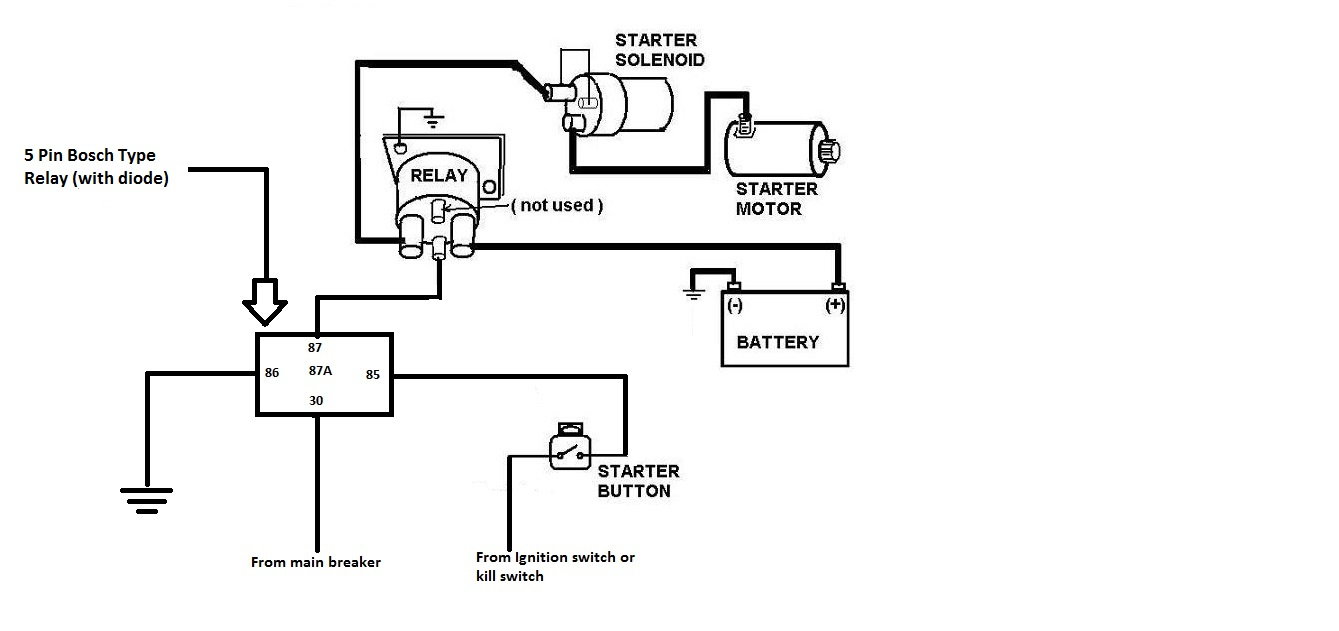


If, for example, you are adding an accessory which requires a maximum of 20 amps, incorporate a fuse into the circuit that will shut down as near 22 amps as possible. Generally, it is a good idea to use fuse sizes that is close to 10% more than the load limit of the circuit being wires.

It is wise to mount the fuse in close proximity to the ignition switch or battery so that a failed circuit or dead short will not cause your electrical harness to burn up before shutting down. Wiring Tip #2 Fuses: Always add a fuse into each and every circuit you build, whether you are changing your existing wiring harness to add an accessory or replace a bad wire, or wiring a motorcycle from scratch.ĭo not simply tap into a circuit that exists which is fused. Choosing another way to route wires can be useful sometimes, but the color coding and pin assignment will be completely useless if you suddenly decide you can wing it. Use this diagram as a Bible, and do not decide to waver from it. If you are rewiring a stock bike, the wiring diagram can be obtained from the manufacturer, dealer, and often can be found online. Wiring Tip #1 Follow the Wiring Diagram: If you are building a kit bike, a wiring diagram should be included. I know, that was a little tongue in cheek, but it really is good, and if you don't like it, send it back. It's quantum leaps better than any American Chopper episode. He makes everything easy to understand, and you'll watch it over and over. We highly recommend his custom biking building DVD. The builder in this chopper wiring video has a Masters rating from Harley Davidson University and is a Harley Davidson Lead Mechanic. Bu t here's a videos you might enjoy (I put part 2 at the bottom): Many safety features, including head lamp, tail lamp, turn signals, horn, and alarm system (if you have one) as well as creature-comfort features such as your electric start, will not operate without proper wiring.


 0 kommentar(er)
0 kommentar(er)
